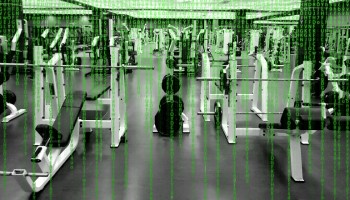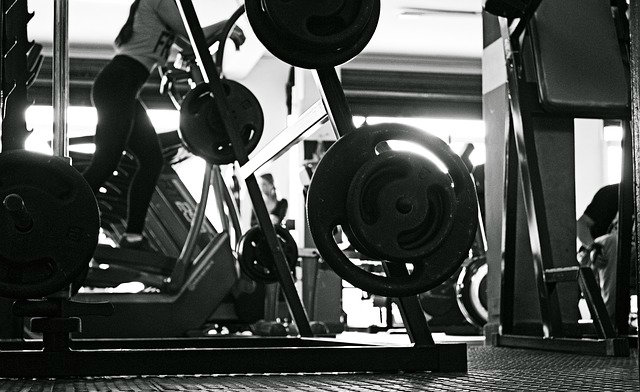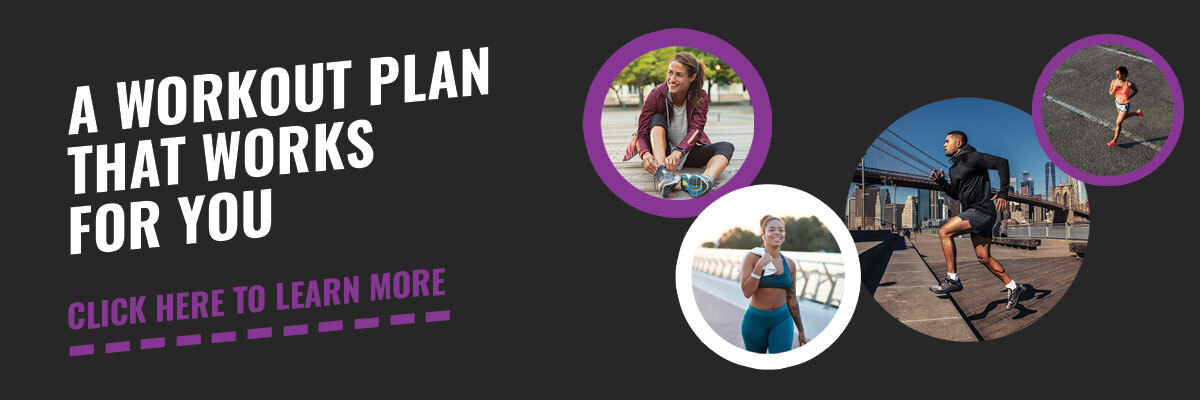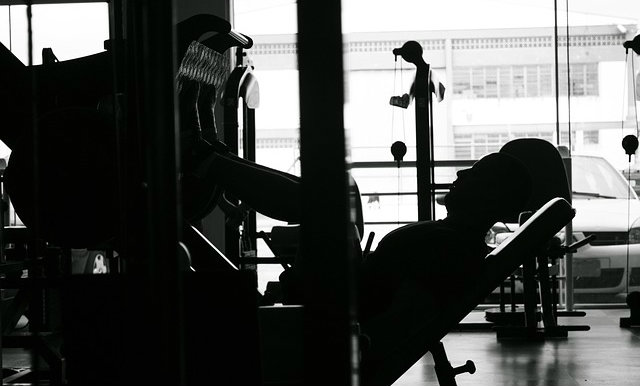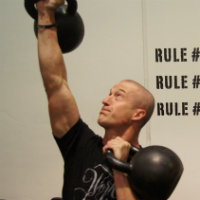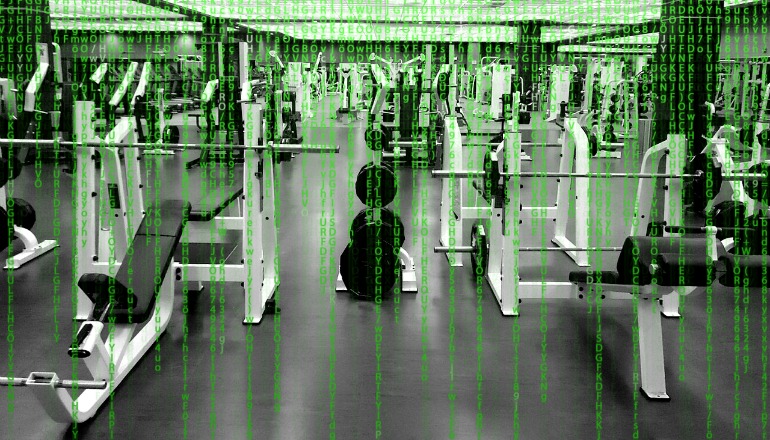 Reading Time: 6 minutes
Reading Time: 6 minutesRecently in the cycling media, a long-time and trusted source did the unthinkable. He spilled the beans on the house of cards that product reviews and magazines are based on.
The short version goes like this:
Magazines don’t really make money off you, the reader. They make money by advertising products. Most articles in the magazine are really ads disguised as journalism and more often than not money changes hands so that products are reviewed favorably against their peers. In an article called Confessions of a Bike Reviewer: Why I Lied for 39 Years, author Tom Demerly outlined how and why he did what he did.
The reason I bring this up is not to tell you to be careful when buying a bike, but to point out what I feel is obvious – the exact same thing happens in the fitness world. It shouldn’t be a surprise that a field that brought you the Shake Weight, toning shoes, and detox diets would be guilty of a little creative sales copy.
What the Globo-Gym Is Actually Trying to Sell You
Take, for instance, your local gym. When you walk into the local gym, what do you see? You see row after row of expensive cardio training machines. A good quality commercial treadmill is worth about ten thousand dollars. So what you’re looking at is something like $200,000 worth of equipment before you’ve even gone past the entrance.
But running is free once you’ve paid for your shoes. Do you really need a $10,000 treadmill to accomplish something that is available for free? So here’s what’s really happening. By placing the expensive and vast selection of cardio equipment up near the entrance, the gym is telling you that without all that fancy gear you have no chance of getting in shape. They’re telling you the best way for you to access the kind of state-of-the-art equipment that you absolutely must have to get in shape is to join their gym.
They don’t want you to realize you can just slip on your shoes, head out the door, and run for free.
Why the Fitness Industry Is Like the Matrix
You’d think that trainers would know this and steer you in a different direction, but the truth is their concepts of training were warped the moment they attended a personal trainer’s course. These courses are all “accredited,” although no governing body actually exists for personal training (and this is true in the United States, UK, and Australia). So, groups who have done a great job of telling everyone they must attend an accredited course to become a personal trainer accredit the courses themselves. I have to be honest, it’s a pretty neat trick to both create and control a market – despite the despicable nature of it.
Then what happens is the people on the boards of these accrediting companies (like the editors of the cycling magazines taking backroom bribes) are also on the boards of companies selling the equipment at the gyms. Or they’re on the boards of companies that teach other educational courses to trainers. So most trainers have no chance to ever develop their own opinion of what is important because they’re spoon-fed like Neo in the Matrix. And I’ll warn you now – choosing the red pill is going to make for some uncomfortable realizations about the fitness world.
The Supplement Companies Are the Worst
The supplement companies are the real powerbrokers of the fitness world. The U.S. market alone is worth $37 billion with predictions it will hit $131 billion next year. To put that in perspective, Coca Cola is estimated to be worth $74 billion.
A fair while ago now, I wrote for a magazine named Blitz, which is a martial arts magazine. The company that owns Blitz also owns many other titles, including Australian Ironman magazine, a popular bodybuilding title. I was asked one month to write a piece on which supplements martial artists should take. My honest answer was that other than maybe using a high-grade protein powder post-training, people would be better off spending their money on real food.
The usual Blitz editor was away and the editor of Ironman was standing in for him. He told me he was going to change my piece to appease advertisers, as I had no research to back up my claims. On the contrary, I had tons, but due to word count restrictions hadn’t included them. Even after I delivered my mountain of research to this editor, he still changed my piece anyway. There was no way he was going to annoy advertisers with a truthful piece from me.
The Only 4 Things You Need to Be Healthy
One of the things I like about the Whole Life Challenge is the reconnection it gives. Getting rid of the superfluous is a powerful tool, and fitness training should be no different. The problem is there’s not much money to be made from the honest truth. That truth being that you need to:
- Stop eating such big portions and quit eating crap
- Walk daily
- Stretch more than you think you need to
- Do some strength work two to three times per week
Those four things will get you in the absolute best shape of your life, without sacrificing the quality of your life.
Most new fitness books won’t tell you that. They want to sell you something. They don’t even care what it is they’re selling. Whether it’s clothing, kettlebells, or sandbags, it seems nearly everyone is out to make a buck off you. Some of the ad copy borders on ridiculous. From Dragon Door’s famous kettlebell ads proclaiming “tree-swinging traps” to EAS’s ad for HMB saying, “it feels like Deca” – they’ll try to appeal to any chink in your mental armor.
It’s a rare treat to find a fitness author who isn’t pushing a sideline in equipment sales at the same time. Equipment sales are usually worth more than book sales, and in an industry filled with one useless piece of garbage after another, the only way to sell is to scream louder than the rest. That’s why a book that isn’t filled to the brim with hype doesn’t usually sell. Why buy a book that says “feel good,” when you can buy another that promises you’ll “feel great”?
How to Escape the Fitness Industry Matrix
People’s bias when it comes to purchasing is that they want to be made to feel good about themselves and their current training methods. No one wants to hear, “This supplement tastes like crap and does nothing for you other than empty your bank account,” or, “Waste your life on this exercise bike watching TV to soak up the disappointment you feel from eating a box of cookies last night.”
Instead, people want to hear that their crappy tasting supplement will burn fat faster than a blowtorch and that their exercise bike is the exact model NFL stars use to get in Super Bowl-winning shape. They also want to feel good about having spent all their money on that pill, the expensive gym membership, and that diet plan. And you telling the truth isn’t going to accomplish any of that.
The problem for many in the fitness field is this: now that the standard has been set, it is very difficult to go back. In a world filled with screaming lunatics offering incredible results, the quiet voice of reason struggles to be heard. And even then, if there just happens to be a short lull where the voice of reason can fit a word in edgewise, you the consumer still need to swallow that red pill so you will be ready to hear what that voice has to say.
